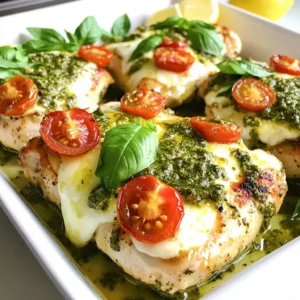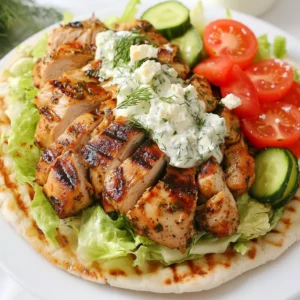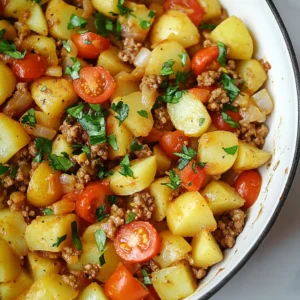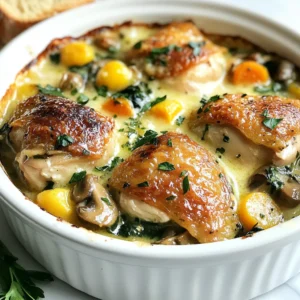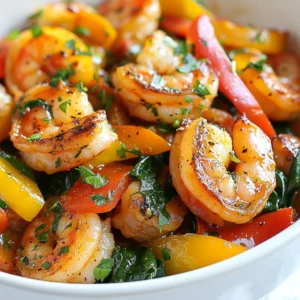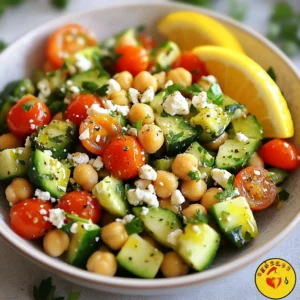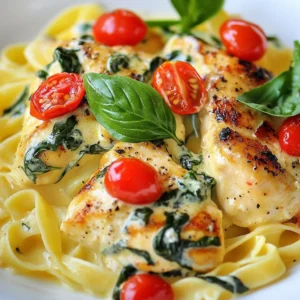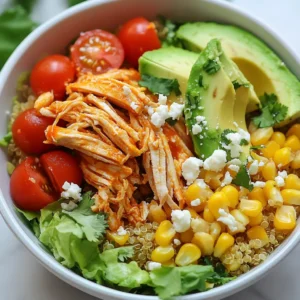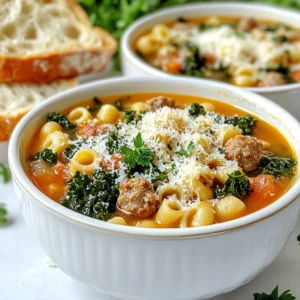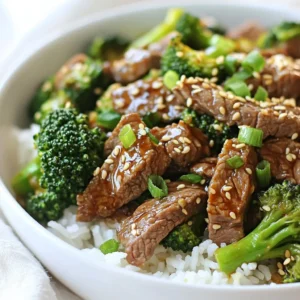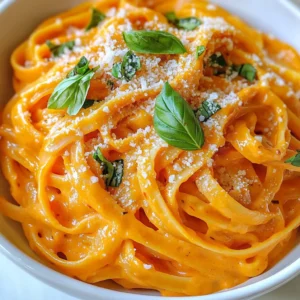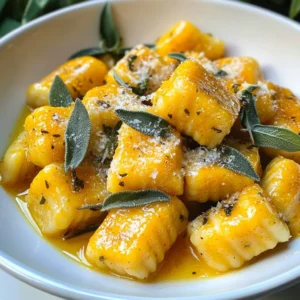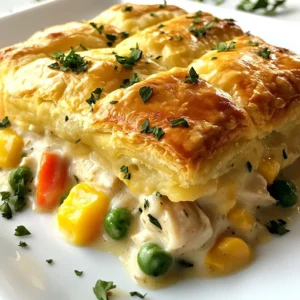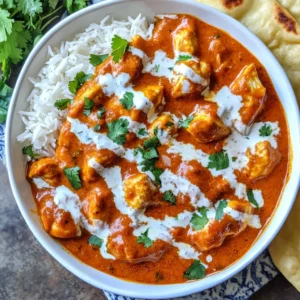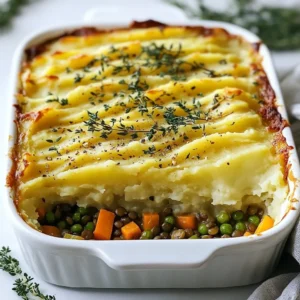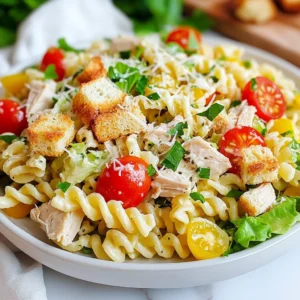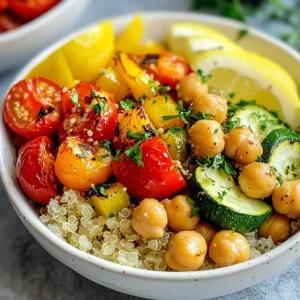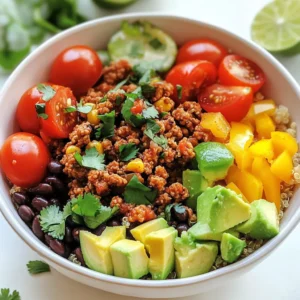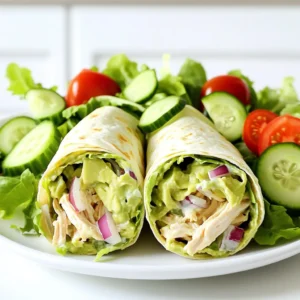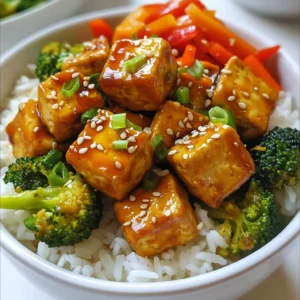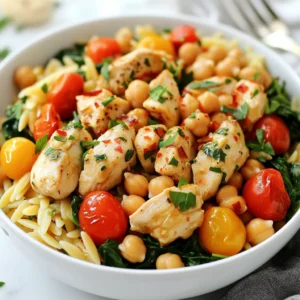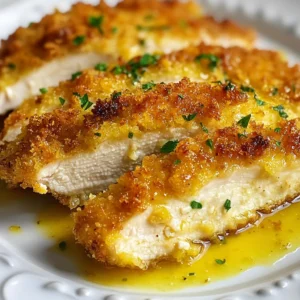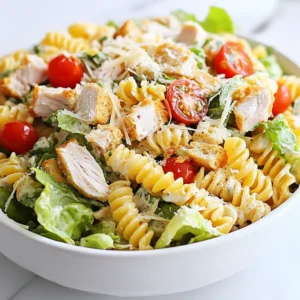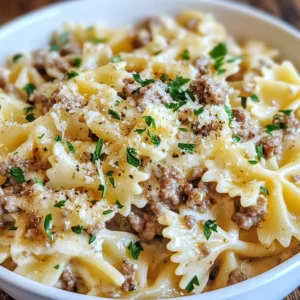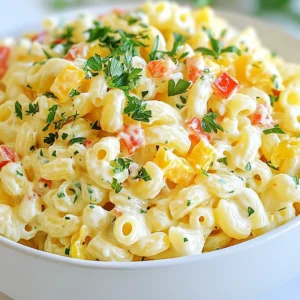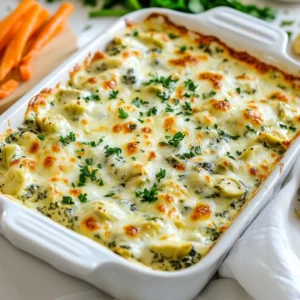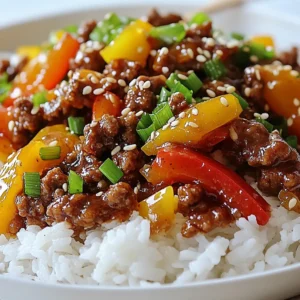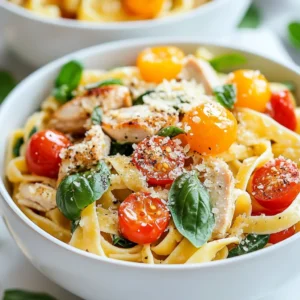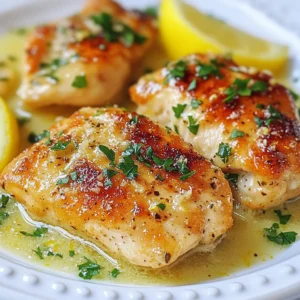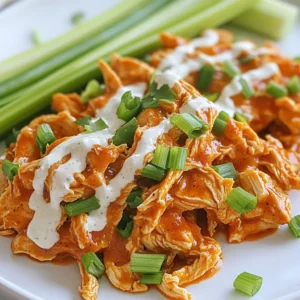- Christmas Tree Brownies Delicious Holiday Treat
- Juicy 30-Minute Pesto Baked Chicken Breast Recipe
- Mediterranean Chicken Gyros with Feta Tzatziki Delight
- Ground Chicken Bowls Easy Meal for Any Night
- Crockpot Chicken Piccata Flavorful and Easy Dish
- Ground Turkey and Potato One Pan Meal Delight
- French Chicken Casserole Comforting Dinner Delight
- Keto Shrimp Sausage Skillet Quick and Flavorful Meal
- Chickpea Feta Avocado Salad Fresh and Nutritious Meal
- Cranberry Brie Puff Pastry Bites Easy and Tasty Treat
- Pumpkin Cream Cheese Swirl Brownies Irresistible Treat
- One Pot Creamy Tuscan Chicken Easy and Tasty Meal
- Buffalo Chicken Power Bowls Tasty Meal for Any Night
- Parmesan Ditalini Soup with Sausage Comfort Dish
- Minute Beef & Broccoli Simple and Flavorful Dish
- Creamy Roasted Red Pepper Pasta Quick and Simple Meal
- Pumpkin Sage Gnocchi Flavorful Fall Comfort Dish
- Chicken Pot Pie Casserole Flavorful and Easy Meal
- Classic Butter Chicken Flavorful Comfort Food Recipe
- Vegan Lentil Shepherd’s Pie Hearty and Flavorful Meal
- Chicken Caesar Pasta Salad Delightful and Easy Recipe
- Roasted Vegetable Chickpea Bowls Flavorful and Nutritious
- Ground Chicken Power Bowls Flavorful and Nutritious Meal
- High-Protein Avocado Chicken Salad Wraps Delight
- Crispy Teriyaki Tofu Bowl Flavorful Plant-Based Meal
- Air Fryer Sweet Potato Fries Crispy and Flavorful Treat
- Thai Peanut Chicken Stir-Fry Flavorful Meal Idea
- Eggnog Scones with Nutmeg Glaze Delightful Recipe
- High Protein Chicken Orzo Flavorful and Nutritious Dish
- Melt-In-Your-Mouth Parmesan Crusted Chicken Delight
- Savory Chicken Caesar Pasta Salad Easy and Quick Recipe
- Spicy Nashville Hot Buttermilk Fried Chicken Delight
- Parmesan Garlic Beef Bowtie Pasta Flavorful Delight
- High Protein White Chicken Chili Quick and Filling Meal
- Creamy Smothered Chicken and Rice Casserole Delight
- Macaroni Salad Restaurant Style Quick and Tasty Recipe
- Cajun Chicken with Bell Peppers Flavorful Skillet Dish
- Creamy Spinach Artichoke Dip Flavorful and Easy Recipe
- Honey Garlic Ground Beef Flavorful Dinner Recipe
- Quick and Delicious Creamy Ricotta Chicken Pasta Recipe
- Creamy Lemon Parmesan Chicken Delightful and Simple Dish
- Savory Slow Cooker Buffalo Chicken Easy Recipe Guide


